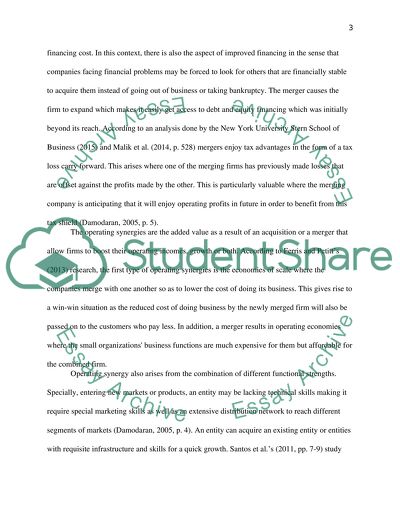Cite this document
(“Mergers & Acquisitions (Big focus on AECOM acquisition of URS) Literature review”, n.d.)
Mergers & Acquisitions (Big focus on AECOM acquisition of URS) Literature review. Retrieved from https://studentshare.org/finance-accounting/1690590-mergers-acquisitions-big-focus-on-aecom-acquisition-of-urs
Mergers & Acquisitions (Big focus on AECOM acquisition of URS) Literature review. Retrieved from https://studentshare.org/finance-accounting/1690590-mergers-acquisitions-big-focus-on-aecom-acquisition-of-urs
(Mergers & Acquisitions (Big Focus on AECOM Acquisition of URS) Literature Review)
Mergers & Acquisitions (Big Focus on AECOM Acquisition of URS) Literature Review. https://studentshare.org/finance-accounting/1690590-mergers-acquisitions-big-focus-on-aecom-acquisition-of-urs.
Mergers & Acquisitions (Big Focus on AECOM Acquisition of URS) Literature Review. https://studentshare.org/finance-accounting/1690590-mergers-acquisitions-big-focus-on-aecom-acquisition-of-urs.
“Mergers & Acquisitions (Big Focus on AECOM Acquisition of URS) Literature Review”, n.d. https://studentshare.org/finance-accounting/1690590-mergers-acquisitions-big-focus-on-aecom-acquisition-of-urs.


